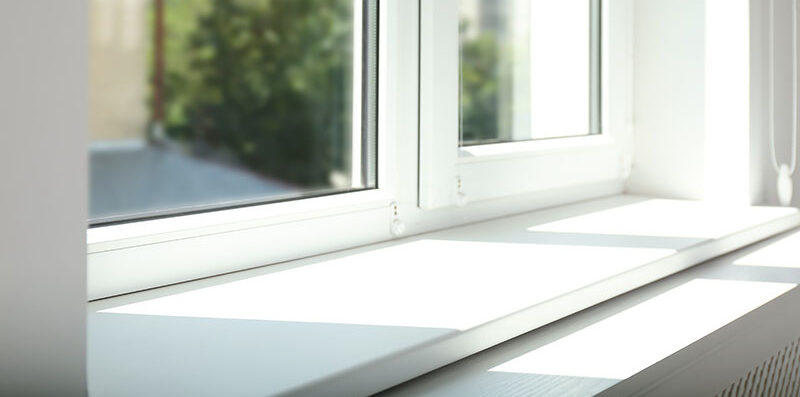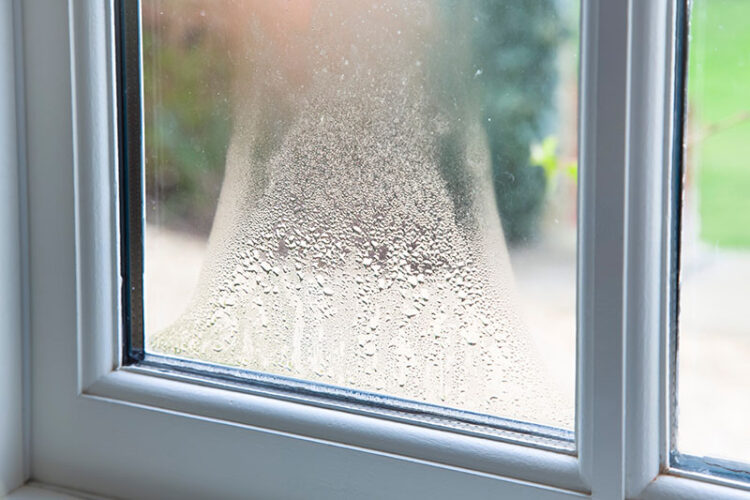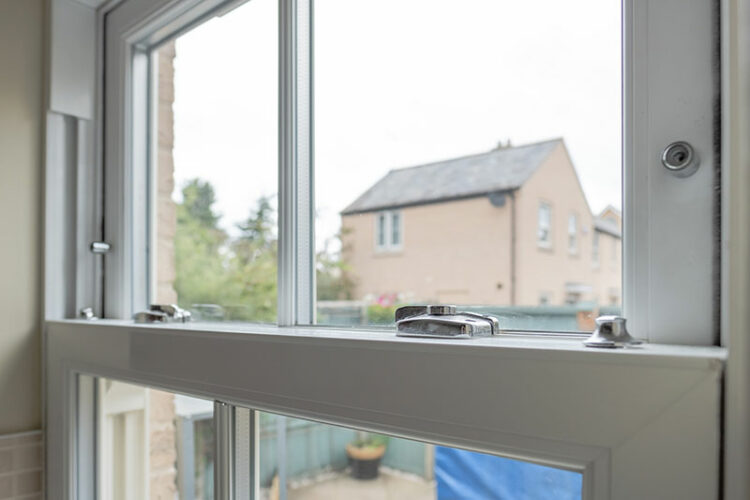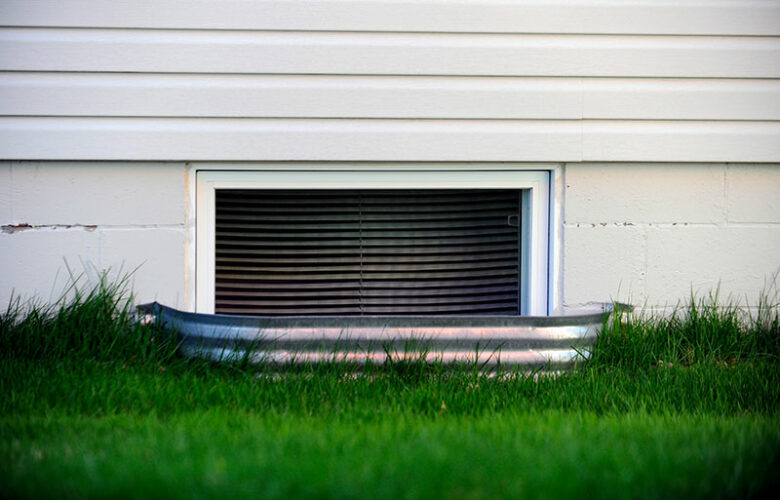What is a Window Sill?

Windowsills are, perhaps, the most underappreciated features in window design. You might have grand goals of installing a set of slick bay windows, but don’t forget your sills. They’re integral to your window trim and prevent cool air from sneaking into your home.
At their simplest, sills are horizontal mortar beds that keep your head casing and side jambs together. They can also be sloped to allow rain to flush debris away naturally. Sills aren’t all made alike, so let’s look at your options.
Understanding your window components
Windows are constructed from four important components:
- The window is, of course, the most obvious part of your build.
- The surrounding wall is heavy, so your window glass requires supportive levels above and below it.
- Your lintel supports the top of your window and acts as a base for surrounding bricks. The structural wall and lintel beam create the lintel level.
- The sill functions similarly to the lintel, but it’s built below the window. The sill provides structural strength along the full length of your window. The height measurement is known as the sill level.
Get a Free Estimate Today
50% off installation. Special financing available. See details.
Exterior and interior windowsills
Your indoor and outdoor windowsills perform similar jobs, but they’re exposed to a completely different set of challenges. While your interior sills are protected from winter’s worst, your exterior build will need to be made from tougher materials.
Outdoor sills are the security guards of the window universe. They keep unwanted elements outdoors, but that means they’re exposed to all of Mother Nature’s rage. They need to be built with robust, weather-resistant materials and installed at a gradient of at least 8% to allow debris and snow to slide away.
Interior sills have it easy. They’re protected from the weather, so you can choose beautiful wooden and ceramic finishes. They’re a unique design opportunity. Choose well, and you can give your room the flourish it needs to look complete. That doesn’t mean indoor sills lack practical benefits. They’ll keep water from seeping through your window gaps while simultaneously keeping excess rainwater from falling onto your delicate floors.
Your choice of interior or exterior sill designs will come down to the amount of protection your home needs. External sills prevent thermal transfer by closing up an over-exposed façade. They do their best work if they have a drip edge to prevent fluids from accumulating.
Materials matter
Your interior window sills are décor opportunities, so consider how they’ll contribute to your overall aesthetic. They can be made from timber, PVC, stone, or ceramics.
- Wood is a stylish option, but it responds poorly to water. You’ll have to be fastidious about closing your windows if you intend to invest in an expensive exotic wood sill. You’ll need to clear mold and rot before they stage a coup d’état on all your window components.
- PVC is a low-cost option that mimics natural materials like stone and wood. It’s easy to maintain, but not all PVC products are alike. If you’re looking for a durable option, you’ll need to invest in high-quality PVC.
- Stone: Stone gives windows a spectacular frame that virtually maintains itself, even on outdoor windowsills. Granite sills resist water well, so they’re an option for both in and outdoor windowsills. Marble is exquisite but prone to stains. Quartz is processed to achieve the look of marble. While it lasts equally long, it’s prone to scratches.
- Tiles can be built from ceramics, glass, granite, and even concrete. It achieves a long service life and comes in an infinite array of textures and hues.
- Metal: Materials like aluminum might seem too affordable to ignore, but when the sun hits that searing metal and there are children playing in the yard, those savings won’t seem worthwhile.
- Composites: Wood-plastic composites provide an organic wooden finish in a more rot-resistant package. Not all composites are lasting solutions to outdoor window support, though. Some products are rot and moisture-resistant. Some are even completely waterproof but choose wisely. You’ll require UV-resistant, waterproof products that don’t crack in the sunlight.
Stylish solutions
Windowsills can be styled to meet just about any design goal. Some are wide enough to use as shelving. Some can even act as seating in a Bay window. Minimalist designs can provide a sleeker finish, while natural wooden sills can tie a rustic room together. Your sills can even act as desks, providing a workspace with a view.
Whatever their width, you can exploit the extra square footage to build a contained garden beneath each window. Window sills can bend to any aesthetic and function you can dream up. All you need is a little imagination and a window installation professional with the mettle to turn your ambitions into a reality.
Need help with a window project? Contact us now to get a free estimate today.
















